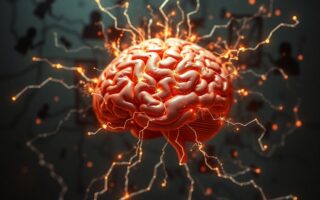Obsessive-Compulsive Disorder (OCD) is indeed classified as an anxiety disorder, although its manifestations extend beyond anxiety alone. To comprehensively understand this classification, it’s essential to delve into the intricate nature of OCD and its interplay with anxiety.
Understanding OCD
Obsessive-Compulsive Disorder is characterized by intrusive, unwanted thoughts (obsessions) and repetitive behaviors or mental acts (compulsions) aimed at reducing distress or preventing a feared event or situation. These obsessions and compulsions can significantly interfere with daily functioning and cause marked distress.
The Relationship with Anxiety
- Anxiety as a Driving Force: Anxiety is a central component of OCD. Individuals with OCD often experience intense anxiety or distress when confronted with their obsessions, which may revolve around themes like contamination, harm, or symmetry.
- Compulsive Behaviors as Anxiety Alleviators: Compulsions, the repetitive behaviors or mental acts performed in response to obsessions, are driven by anxiety. These compulsions temporarily alleviate anxiety, providing a sense of relief or control. However, this relief is short-lived, leading to a cycle of compulsive behavior and heightened anxiety.
Diagnostic Classification
According to the Diagnostic and Statistical Manual of Mental Disorders (DSM-5), OCD is categorized under the broader classification of Anxiety Disorders. It is placed alongside disorders such as Generalized Anxiety Disorder, Panic Disorder, and Social Anxiety Disorder due to the prominent role of anxiety in the disorder’s presentation.
Treatment Implications
Recognizing OCD as an anxiety disorder has significant implications for treatment. Evidence-based treatments for OCD often incorporate strategies to address both obsessions and anxiety, such as Cognitive Behavioral Therapy (CBT) and Exposure and Response Prevention (ERP). These approaches aim to help individuals confront their fears, tolerate anxiety without engaging in compulsions, and ultimately reduce OCD symptoms.
Conclusion
In conclusion, Obsessive-Compulsive Disorder (OCD) is classified as an anxiety disorder due to the central role of anxiety in its presentation and the distress caused by obsessive thoughts and compulsive behaviors. Understanding OCD within the framework of anxiety disorders is crucial for accurate diagnosis and effective treatment interventions.
This classification underscores the importance of addressing anxiety symptoms in individuals with OCD and highlights the need for comprehensive, evidence-based approaches to managing the disorder.













